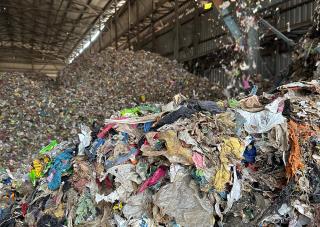While calcined clays are fast becoming a sustainable alternative to reduce carbon emissions, ensuring the quality of calcined clay cement is key to gaining widespread market acceptance. By Prof Fernando Martirena-Hernandez and Dr Roger Almenares-Reyes, Ecosolutions, Switzerland.
Clays are rock, soil or ore composed fundamentally of a clay mineral or a mixture of several types of clay mineral, which vary according to their geological origin, and contain other associated (non-clay) minerals, generally as secondary components.1,2
Clays can be activated to become reactive pozzolans by thermal, mechanical processing and chemical treatment.3 The most common way is thermal calcination in kilns at temperatures between 700-900˚C.4-7 Natural pozzolans in the form of calcined clays have been used as supplementary cementitious materials (SCMs) with their use going back to ancient civilisations. In recent history, countries such as Brazil, the USA and India have extensively used the material.7
